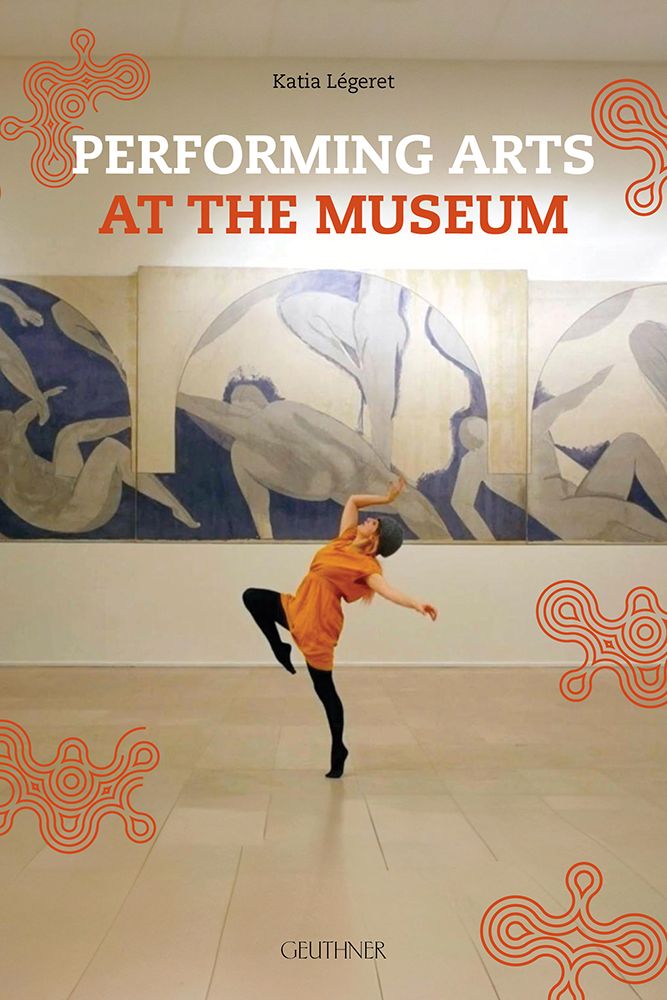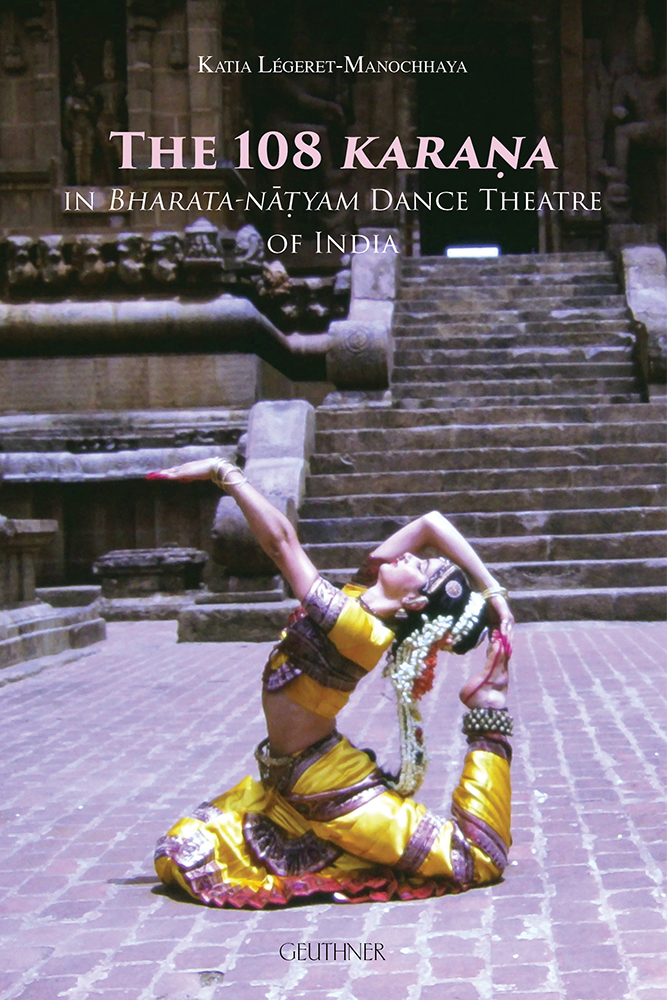The 108 karaṇa make up the oldest Indian alphabet of movements to dance, theatre, sculpture and music codified in the Nāṭyaśāstra. Their oral transmission is extremely rare, and the author of the present publication nourished her theoretical research with the instruction in Bharata-nam that she received firstly in Paris from Amala Devi, in Chennai from Swarnamukhi, State Dancer of Tamil Nadu, and subsequently, over a period of thirty years, from Natyacharya K. Muralidhar Rao, in Mysore (Karnataka). Interpretations of karaṇa poses and steps from the Nāṭyaśāstra are countless and creative, and they inspire contemporary artists.
In 2022 the author made a film on the teaching of Natyacharya K. Muralidhar Rao, which is freely accessible to readers of this book: Bharatanatyam Dance Theatre: DANCING OF THE HEART, with support from Labex Arts-H2H/EUR ArTec (Paris 8 and UPL University).
Katia Légeret is a researcher and Professor of Philosophy and Performing Arts Aesthetics at University Paris 8, where she leads the research team Scènes du monde [world stages]. Director and choreographer, she is a bharata-nāṭyam artist under the name Manochhaya, and a specialist in traditional and contemporary Indian forms of dance theatre. She is the author, in particular, of Danse Contemporaine Indienne et Théâtre Indien: Un Nouvel Art? (PUV, 2010) and Dance Theatre of India, Crossing New Aesthetics and Cultures (Niyogi Books, 2018), and has edited collective works including Rodin and the Dance of Shiva (Niyogi Books, 2016), Créons au Musée (Geuthner, 2019) and French-Indian dancer Nyota-Inyoka (1896-1971) The Genius and the Dance (Geuthner, 2022). The latter relates to an international research project (Labex Arts-H2H and EUR ArTeC) involving partnerships in Paris with RMN-Grand Palais, the Musée National des Arts Asiatiques-Guimet and the Bibliothèque nationale de France.







 Denfert-Rochereau ou Raspail
Denfert-Rochereau ou Raspail
